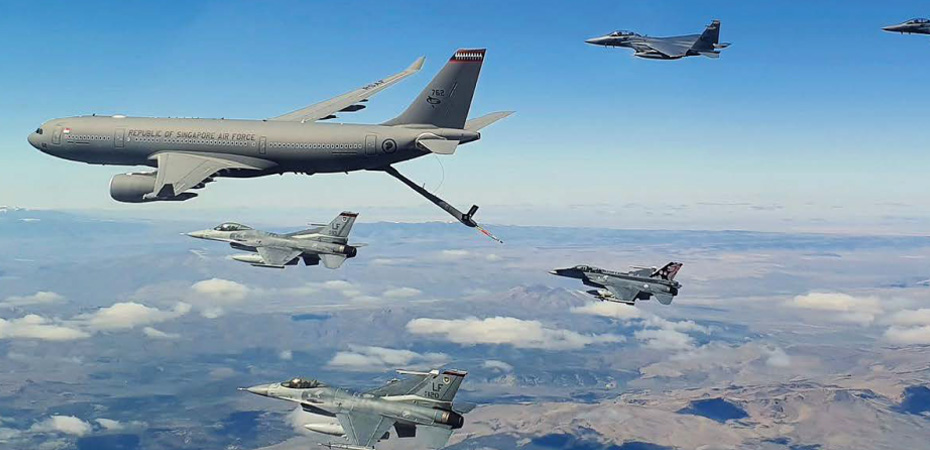LTC “W” knew that his team would face many challenges in this mission. First, there was no established liaison contact in-theatre. The situation in Kabul was in flux and in the midst of all the complexities, the team had to find a way to fit seamlessly into the US' operations. Second, this was going to be the squadron's first Non-Combatant Evacuation Operation since attaining Full Operational Capability. Third, the envisaged 22 hours of daily operations would definitely push the personnel and aircraft to the limit. Finally, there was the challenge of keeping the team members COVID-free while ensuring that the mission was executed effectively and efficiently.
After a quick huddle with LTC “C” and the other team leaders, LTC “W” made a mental list of the key issues: logistics, threat assessment, base security, COVID-19 measures, route planning, and operational contingencies. So much to do, but so little time. There was only one way to get this done - prioritise, and empower the team to decide and execute their tasks according to the mission's intent. The team pointed out that they could not drill down to the level of detail they wanted for some of the contingencies. But the team leaders understood that the priority was to deploy quickly. As for the rest, they would just have to figure out potential show-stoppers and settle the details when they were in-theatre.
Shortly after take-off, LTC “W” made it clear to everyone what they had to accomplish over the next few days and went through the contingency plans. “Our aim is to safely evacuate the refugees, with no COVID-19 and security incidents. The situation is dynamic and plans will change. But be comfortable with uncertainty. Keep the aim in mind and fall back on your fundamentals and operational experience.” The team was tired from the hectic preparations but they were fuelled by their sense of mission and purpose. The team members were mostly volunteers and LTC “W” knew they were raring to go.


The RSAF's A330 MRTT - a fuel tanker that can also be configured for aeromedical evacuation.
Source: MINDEF
Before LTC “W” could get some shut-eye, it was time to prepare for landing at Al-Udeid Air Base in Qatar. But the base was full, so the landing had to be delayed by three hours. Jet-lagged, LTC ”W” and his team split up and went to look for their liaison officers and logistics. Everyone sprang into action: the logistics team had to refuel the aircraft as quickly as possible, the Army personnel had to kit up and prepare to screen the first load of evacuees, the pilots had to prepare the flight route for the next leg to Germany, and the Air Refuelling Operator had to prepare the cabin to receive the first load of evacuees. LTC “W” had to figure out how to integrate the SAF's operations with the US'. There was much to sort out, but he was confident that the mission was in good hands because of his team members' expertise and clear sense of mission.